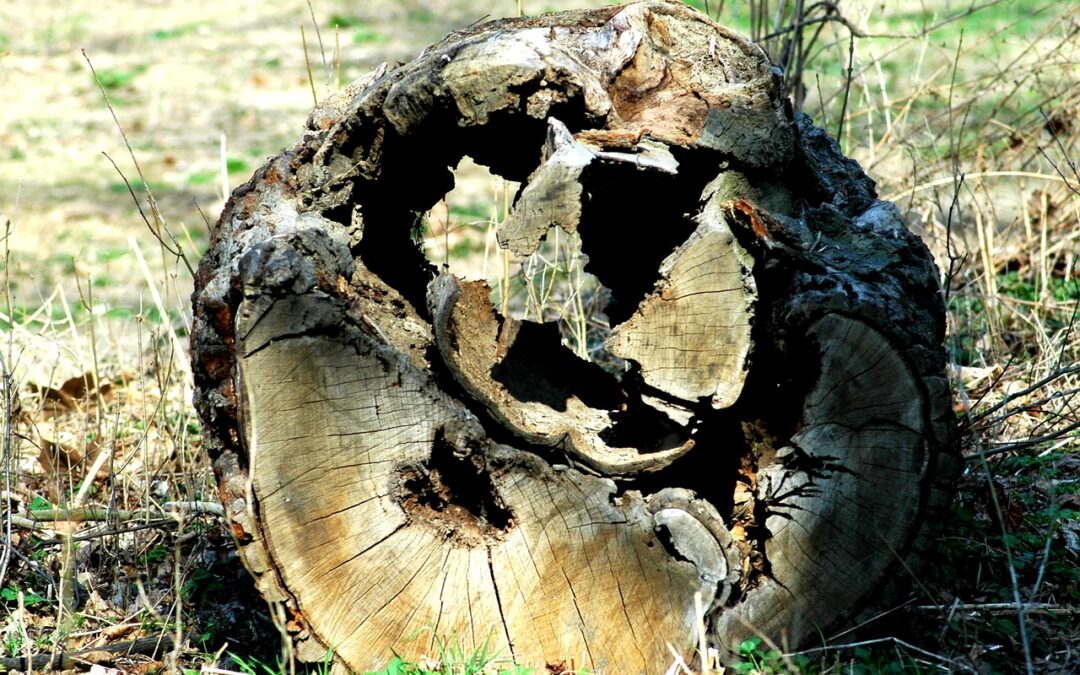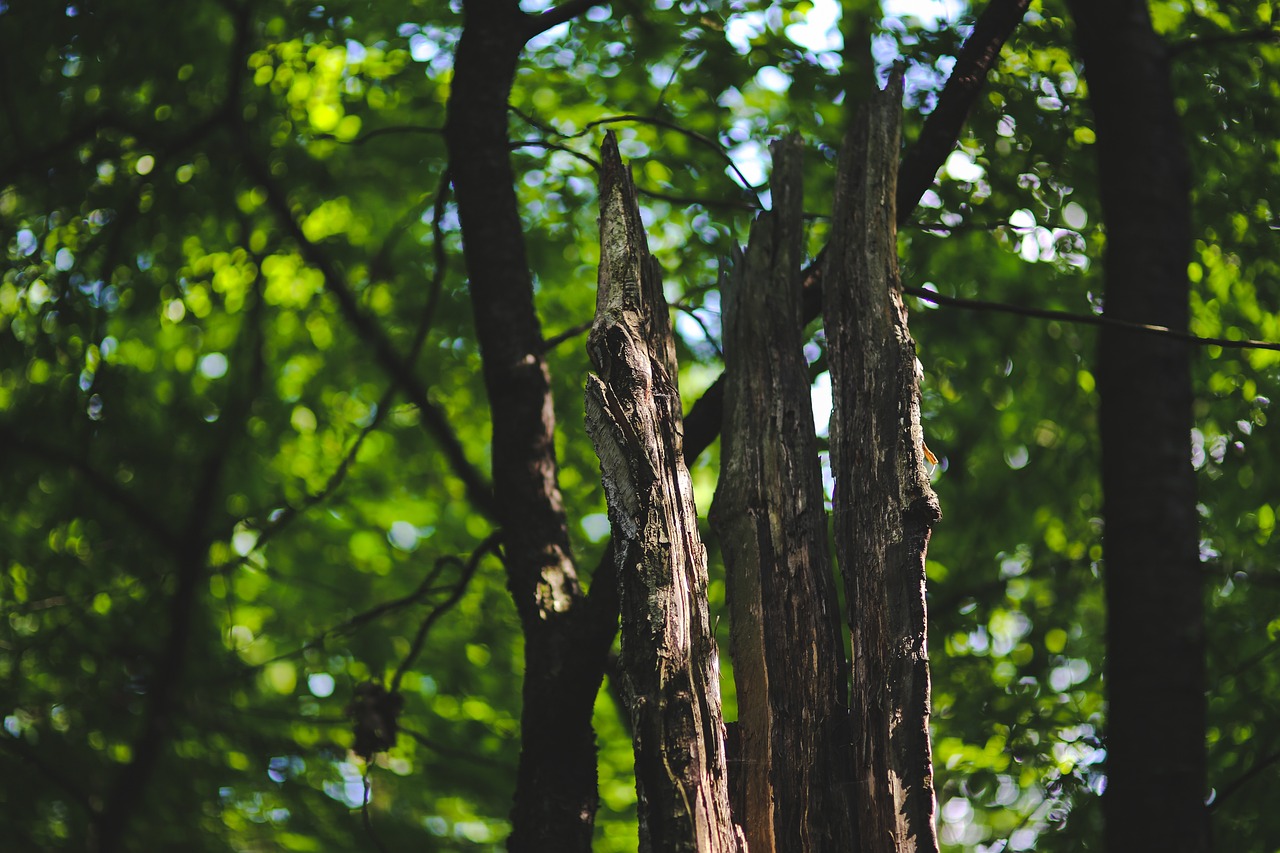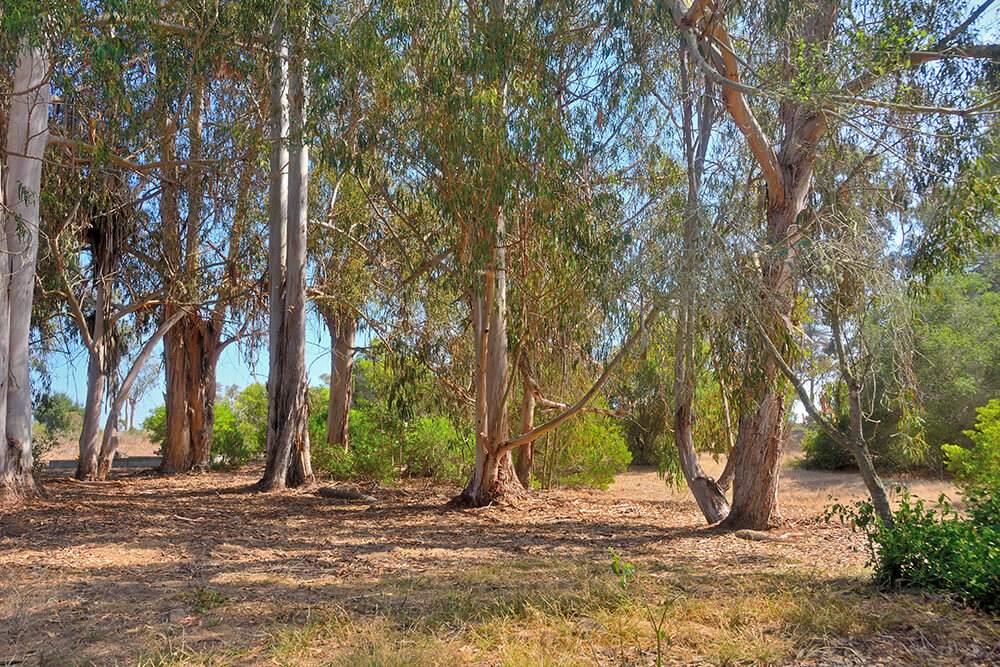
by admin | Mar 20, 2024 | Tree Health, Trees
In the domain of environmental guardianship, few duties rival the importance of safeguarding the health of our trees. Comprehending the nuances of tree healthcare is paramount to sustaining the vigor and enduring presence of our arboreal companions. This piece endeavors to elucidate the intricacies of tree healthcare while highlighting the indispensable role fulfilled by the arboreal doctor.
Unlocking the Secrets of Tree Healthcare
Embarking on the voyage to comprehend tree healthcare mandates a firm grasp of its foundational principles. At its essence, tree healthcare embraces a comprehensive strategy aimed at nurturing and preserving the well-being of trees. This entails a harmonious blend of proactive actions, ranging from meticulous watering and fertilization to precise pruning and vigilant pest management, all tailored to address the unique requirements of individual tree.
Now, let’s delve deeper into the intricate world of tree healthcare and explore the significance of the arboreal doctor in safeguarding our arboreal ecosystems.
Just as human health requires the expertise of medical professionals, trees rely on the expertise of arborists, often referred to as the arboreal doctor. These skilled individuals possess a profound understanding of arboriculture—the science and art of cultivating and managing trees. Their role extends far beyond mere tree maintenance; they are custodians of our green spaces, ensuring the vitality and resilience of our arboreal landscapes.
Now that we’ve uncovered the essence of the arboreal doctor’s role, let’s examine the key responsibilities they undertake to promote tree health and well-being.
The Role of the Arboreal Doctor
Arboreal doctors commence their work with thorough assessments of tree health, conducting visual inspections and diagnostic tests to identify any signs of distress or disease. Armed with their expertise, they have also develop tailored treatment plans to address specific issues, whether it be nutrient deficiencies, pest infestations, or structural weaknesses.
With their proactive approach and meticulous attention to detail, arboreal doctors serve as invaluable guardians of our arboreal ecosystems.
In addition to diagnosis and treatment, arboreal doctors play a pivotal role in preventive care. Additionally, through regular maintenance practices such as pruning, they mitigate potential hazards and promote optimal tree growth. Moreover, they offer valuable insights to property owners on proper tree care techniques, empowering communities to become proactive stewards of their green spaces.
In the face of the intricate dynamics within contemporary urban settings, the significance of arboreal doctors’ expertise grows ever more indispensable. Lastly, They play a pivotal role in addressing the myriad challenges posed by factors like pollution, climate change, and urbanization.
In summary, tree healthcare serves as a fundamental pillar of environmental preservation, with arboreal doctors leading the charge. By demystifying the concept of tree healthcare and recognizing the pivotal role of these professionals, we foster a heightened appreciation for the crucial ecosystems trees sustain. Through collective effort and dedication to sustainable practices, we pave the way for a future characterized by lush greenery and enhanced well-being for future generations.

by admin | Jun 30, 2023 | Arborist, Trees
Arborists play a critical role in the health and lifespan of trees. Arborists understand the specific demands of various species of trees and may give useful insights on improving their lifespans and vigor. In the following paragraphs, we will look at four significant subareas that highlight critical arborist advice for preserving tree health.
They Studied Tree Biology and Species-specific Needs
Arborists emphasize the significance of understanding tree biology to ensure effective care. They recognize that each tree species has specific requirements, such as preferred soil conditions, sunlight exposure, and water needs. By identifying the unique characteristics of different trees, arborists can tailor their care strategies accordingly. They consider factors such as the tree’s growth habits, root system, and natural habitat to provide optimal conditions for long-term health.
Implementation of Proper Pruning Techniques
Pruning is an essential practice for maintaining tree health and structural integrity. Arborists possess the expertise to identify and remove dead, damaged, or diseased branches, which can negatively impact a tree’s health. They also understand the significance of strategic pruning to enhance air circulation, promote proper growth, and reduce the risk of structural failure. By following industry-standard pruning techniques, arborists can contribute to the overall vigor and longevity of trees.
Extensive Knowledge Regarding Soil Management and Nutrient Optimization
Arborists understand the importance of soil in tree health. They analyze soil to identify its chemistry, moisture level, and nutrient levels. Arborists could recommend proper soil changes or mulching methodologies based on the findings that improve soil structure, aeration, and nutrient availability. Arborists assist trees survive diseases, insect infestations, and environmental hazards by supplying suitable nutrients.

Integrated Pest and Disease Management
Arborists are well-versed in identifying and mitigating pest infestations and diseases that can threaten tree health. They employ integrated pest management strategies that focus on prevention, monitoring, and treatment. Arborists emphasize the use of environmentally friendly approaches, such as biological controls and targeted treatments, to minimize the impact on beneficial organisms and overall ecosystem health. By effectively managing pests and diseases, arborists safeguard tree vigor and contribute to their longevity.
Arborists may effectively boost the longevity and vigor of trees by recognizing the unique demands of various tree species, establishing suitable pruning techniques, tracking soil health, and employing comprehensive disease and pest control methods. If you struggle or have concerns related to tree health, it is recommended to see a professionally certified arborist who can give tailored guidance and preserve the health of your trees.

by admin | Jan 19, 2022 | Eucalyptus Tree, Tree Services, Trees
The eucalyptus tree, often found in San Diego and other regions of the world with warm climates is a renowned source for its many benefits. Looking for Tree Services in San Diego area? The most notable being that it’s instrumental to providing shelter from strong winds as well protection against rainstorm floods thanks largely due this sturdy wooded plant’s height which can reach up 60 feet tall.
Ever wonder why the eucalyptus tree is so prevalent in San Diego? There are a few reasons for its abundance, but overall it has been said that this species prefers warmer climates.
The eucalyptus tree has been around for centuries, first brought here by the Spanish to be used as a tie railway. It’s natural habitat is in warm climates with high humidity and temperate conditions like those found near San Diego where this plant multiplied wildly due its love of rich soil which it appears not much else cared about besides being moistened often enough.

You might have seen this tree before because it’s often found around urban areas such as homes and businesses. When the branches start to break off, you can fix them by trimming their base so they don’t grow too far apart in height or spread outwards from center-Ville (if possible). If not then just cut away some wood until everything fits nicely again.
When a tree becomes invasive, it can cause major damage to the landscape and can even get into sewer pipes. The usual cure for this is removing any root ball with stump grinding or using an treated substance that will keep its shape after being ground up by machinery while still holding onto some nutrients so new plants don’t need as much sunlight than normal ones would but they should always be planted far apart otherwise there’ll just continue being more dead space where once was green because these roots are going everywhere.
The Eucalyptus tree is often infested with a variety of insects, including the longhorn bore beetle and Lerp Psyllid. The hard-to-detect insect can be seen on its underside as white spots but may also cover nearly every surface throughout leaf tissues–a telltale sign that something isn’t right!
If you notice these signs or your favorite plant has been infected by anything harmful please contact us immediately so we’ll get rid of any pests before they do more damage to this beautiful species This passage discusses how two specific types (insects) within our ecosystem preyed upon one another while also mentioning what type(s) would likely cause problems if left unchecked.








